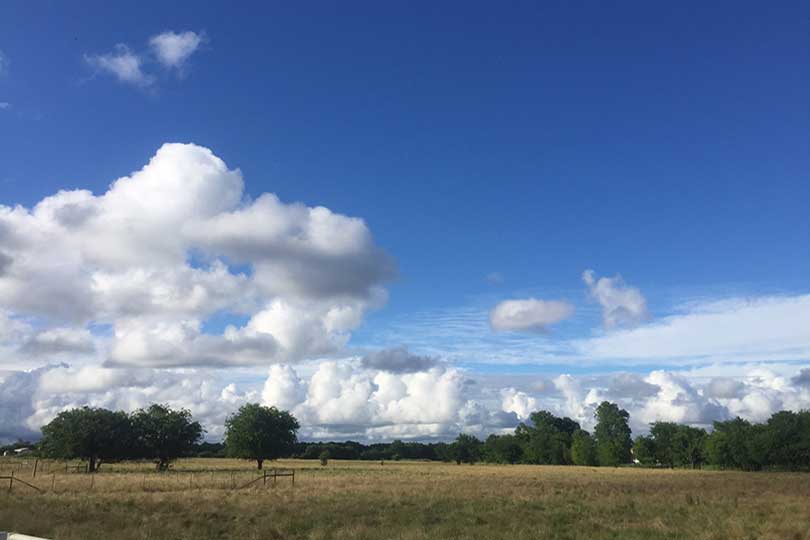By Gary Joiner
TFB Radio Network Manager
Long workdays spent outside put farmers and ranchers at risk. One danger they can’t see is the sun’s ultraviolet rays.
The American Academy of Dermatology points to hours in the sun as a major risk factor for all skin cancers, including the most serious, melanoma.
Farmers and ranchers receive more ultraviolet radiation (UV) exposure than the general public because of the nature of their work.
“Keep in mind that if you are burning or tanning, you’re damaging your skin not just for the next week or so, but rather, 20 years from then. The sun damage begins to show up in forms as benign as wrinkles or as severe as skin cancer,” Dr. James Sharp, a family practitioner in Waco, said in an interview with the Texas Farm Bureau Radio Network.
The American Academy of Dermatology said sweating may also contribute to UV-related skin damage because it increases a person’s photosensitivity of the skin, leading to the risk of sunburns. As a result, sunscreen needs to be reapplied after sweating.
Even on a cloudy day, up to 80 percent of the sun’s ultraviolet rays can pass through the clouds.
The Academy said farmers and ranchers can protect their bodies when working outdoors by being proactive with a few simple steps:
- Seek shade when appropriate. Avoid the sun’s rays when they are the strongest between 10 a.m. and 4 p.m. If your shadow appears to be shorter than you are, seek shade.
- Wear protective clothing, such as a long-sleeved shirt, pants, a wide-brimmed hat and sunglasses, where possible. Ask for a cloth flap that can be secured to your cap or hardhat to protect the back of the neck. Sun-protective shirts are available from several manufacturers. They are generally lightweight with a tight weave. Most of them have vents in them to help with the Texas heat.
- Generously apply a broad-spectrum, water-resistant sunscreen with a Sun Protection Factor (SPF) of 30 or more to all exposed skin. “Broad-spectrum” provides protection from both ultraviolet A (UVA) and ultraviolet B (UVB) rays. Reapply about every two hours, even on cloudy days, and after excessive sweating.
- Use extra caution near water and sand because they reflect and intensify the damaging rays of the sun, which can increase your chances of sunburn.
- Know your spots and be aware of your skin and the moles you have. If you see any mole or spot on your skin that is changing, itching, bleeding or growing, see a dermatologist.
For more details, visit www.spotskincancer.org.
Click here to hear the full interview on the TFB Radio Network.

